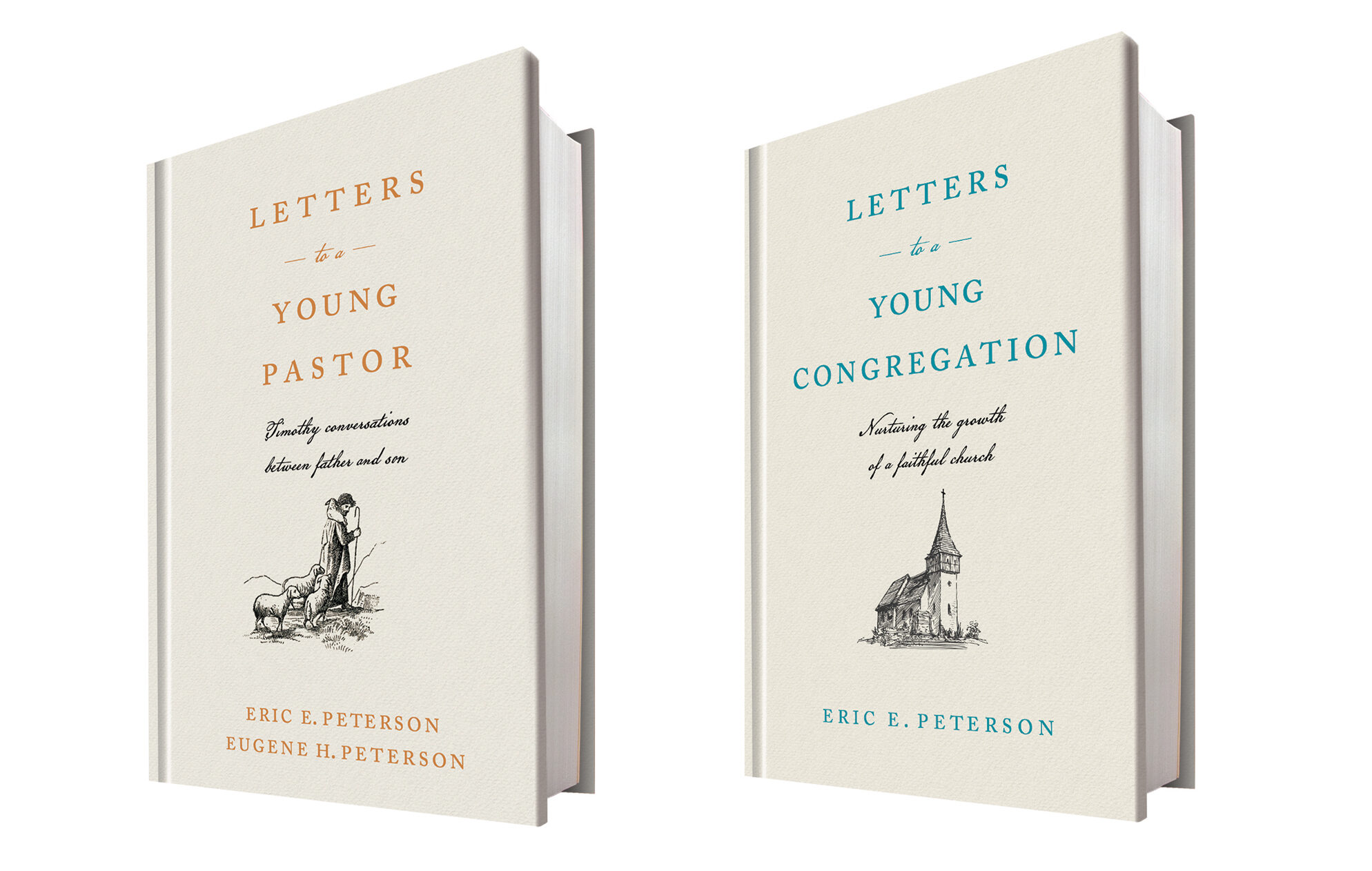The story of the Good News of Jesus Christ was first written down by Matthew, Mark, Luke, and John and then handed down to each subsequent generation. But why not just one, coherent account, instead of the four we’ve been given? Some argue that each of them brings a unique perspective on Jesus, emphasizing different aspects of his life and ministry that, together, give us a fuller, more accurate view. While I agree with that position, I would also suggest that another reason might be to show us how four different people understood, described, and lived the Good News. That is to say, it demonstrates that—while there is considerable common ground—there is not a one-size-fits-all style of discipleship. We each wear Christ a bit differently from one another.
Over the years, some people have found the apparent contradictions or inconsistencies in the four accounts troubling, calling into question things like the authority, the inspiration, and the inerrancy of these supposedly sacred texts. After all, if it truly is the Word of God, you’d think (so goes the argument) that it would be clear and concise. But if you understand the stories as somewhat subjective reflections, personalized for the ways each of the four authors understood and experienced the message of salvation, it suggests that, in the ever-creative ways of God, the story gets customized uniquely within each individual who receives it. In other words, the way to integrate these four, somewhat distinct texts is by internalizing them, indeed to live them. When the gospel is thus lived, the ones through whom it is living become the holy agents of evangelism, simultaneously following in the footsteps of apostolic authority and celebrating the particularities of each new, Good News context of its telling.
Which leads to the proposal for a congregational experiment. During the weeks of Lent this year, the art corner of our sanctuary will be designated as a place to display—in words and images—the ways you are observing and experiencing how Jesus is among us, how Jesus is for us. Like the original four gospels, it may include your questions, your doubts, your failures, as well as your expressions of faith and praise. It may describe God’s presence, and it may wonder about God’s silence. Indeed, if the cross is instructive, it may at times read much more like bad news rather than good. Whatever it includes, it will be our corporate attempt to bear witness to the Paschal Mystery (Christ has died, Christ is risen, Christ will come again) while testifying to the reality of the reign of Christ as it continues to steadily emerge, even as it is being variously received and resisted.
Yes, the canon of holy Scripture was officially closed some sixteen hundred years ago. But the Story isn’t yet finished. It is being told and lived and re-storied through the likes of people who yet incarnate—in loving deeds and truth-filled words—the presence of Jesus resurrected, alive, and well, reigning and residing among us.
So take up a pen, and take up your life, and write the next verse. And make it Good.
Grace and peace,
Pastor Eric



